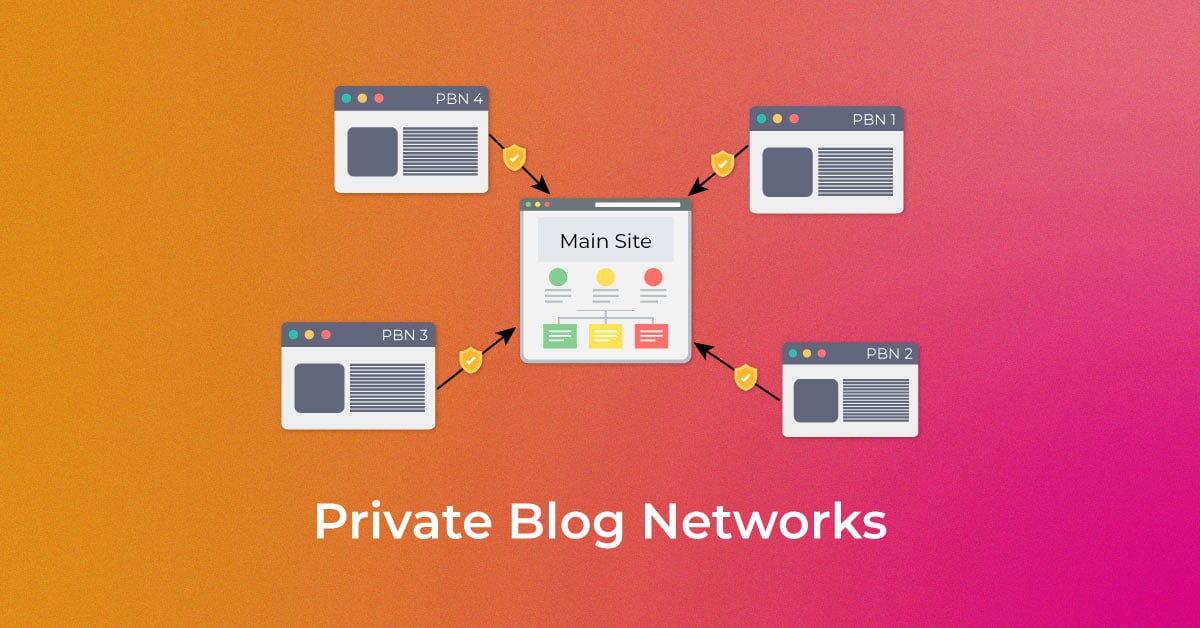All Categories
Featured
Table of Contents
- – What Are The Leading Semantic Seo Tools Compan...
- – Top Semantic Content Strategies Deals Near Me
- – Which Is The Top Semantic Seo Insights
- – What Is The Most Recommended Semantic Search ...
- – When Are The Top Semantic Seo Vs Traditional...
- – Who Is The Most Trusted Semantic Search Algo...
- – What Does What Is Semantic Seo Cost?
The internet is altering, becoming a growing number of semantic. SEO is also altering and becoming a lot more semantic. This is due to the fact that online search engine have advanced and are relocating increasingly more in the direction of reading content on the internet. Certainly, that has actually likewise changed the means we create web content, particularly if we intend to rank better in the online search engine.
Intertwingularity is not usually acknowledged, people keep pretending they can make things deeply hierarchical, categorizable and consecutive when they can't. Based on the partnerships in between search intents, the search engine favors a web content in positioning by calculating the range between the vectors of meaning.
It enables you to see, beginning from a topic, all the entities that relate to that topic. This way you can plainly see which entities/concepts/ideas have actually already been covered on your website, and you can discover brand-new possibilities by comprehending what material you can include and just how to develop it.
What Are The Leading Semantic Seo Tools Companies?
It has the ability to make your material easy to understand for internet search engine on the one hand and for your target market on the various other. Structuring your material design highlights your material and its hidden partnerships to ensure that internet search engine can acknowledge you among thousands of items of information, making you extra visible to customers that satisfy the search intent pertaining to your company.
In semantic SEO copywriting, an editor begins with a more comprehensive series of subjects and tailors the material to include semantically appropriate terms and phrases that assist readers comprehend a topic, similar to reading content in a wiki. From a material writing perspective, one sensible means to do this is to develop a vocabulary of terms and concerns bordering your target topic.
Top Semantic Content Strategies Deals Near Me
Discover more regarding by seeing the by!.

Semantic search describes the procedure of how online search engine comprehend and match key phrases to a searcher's intent in organic search results. Before semantic search, online search engine like Google operated like matchmakersaligning particular words in your question with those precise words on webpages. The outcomes were uncomplicated but frequently did not have deepness.
Which Is The Top Semantic Seo Insights
It enables Google to use fast, accurate solutions to browse questions concerning real-world topics. When you type an inquiry word right into Google, you're not just getting in a sequence of words. You use a complex internet of significances and connections. Google's Understanding Graph sees these words as entities with context and connections.
When you browse for "Apple," Google does not simply see a word that explains a fruit. It identifies Apple as a business and can offer associated info. It was Google's response to the surge of voice searches, where questions became more conversational and nuanced.
What Is The Most Recommended Semantic Search And Seo Today
By incorporating NLP, Hummingbird enabled Google to move past plain keyword matching. It assisted the search engine comprehend search intent, increasing the odds that results would properly match the reason behind a user's search.
RankBrain is an artificial intelligence system that assists Google translate questions it hasn't seen before. It can make guesses regarding words and phrases it does not identify and filter results accordingly. Making it a lot more reliable at dealing with never-before-seen search questions. RankBrain thinks about even more than simply keywords when examining a search question.
So it brings outcomes that match the key words and line up with the overall intent of supplying puppy training suggestions. And if the individual regularly looks for dog-related material, Google might focus on much more detailed training guidesrecognizing the customer's recurring rate of interest in the topic. Combining innovations like the Understanding Chart, Hummingbird, and RankBrain, semantic search aids the Google algorithm translate and link data across a huge internet of information.
When Are The Top Semantic Seo Vs Traditional Seo Sales
The focus shifts from keyword selection to an alternative technique including user intent, topical importance, and total individual experience. Developing material that deals with the searcher's demands with detailed info can improve your SERP rankings. Listed below, we detail the patterns and techniques that settle the requirement for semantically informed content. Later on, we give actionable tips to turn these understandings into best techniques.
A wider technique to content aligns much better with semantic search's shift away from specific keyword phrase matching and toward user intent. Content that covers search inquiries more thoroughly not only pleases customers.
And 5 times more than sites that take 10 secs to load. While technological search engine optimization makes certain optimum website efficiency and accessibility, concentrating on individual experience (UX) takes it a step even more. UX aims to produce a visually enticing, user-friendly user interface with interesting, high quality web content that urges site visitors to stay. Semantic search modern technology enables search engines to go for outcomes that supply the most effective possible UX.
Who Is The Most Trusted Semantic Search Algorithms Provider In My Area

All display Google's capacity to resolve a topic inquiry adequately. By comprehending the context and intent behind user questions, online search engine can supply a lot more pertinent info and potentially increase user engagement. Customization in search engine result makes for better UX.Based on your past search history and choices as a customer, semantic search assists internet search engine tailor the results to match your special requirements and rate of interests.
So it brings results that match the keyword phrases and line up with the general intent of providing puppy training suggestions. And if the user frequently searches for dog-related material, Google might focus on much more detailed training guidesrecognizing the user's continuous interest in the topic. Integrating modern technologies like the Understanding Chart, Hummingbird, and RankBrain, semantic search assists the Google algorithm analyze and link data throughout a substantial internet of details.
What Does What Is Semantic Seo Cost?
The emphasis shifts from keyword choice to a holistic technique encompassing customer intent, topical importance, and total customer experience. Developing web content that addresses the searcher's requirements with detailed details can boost your SERP rankings.

A broader strategy to content aligns much better with semantic search's change away from precise keyword phrase matching and toward user intent. Content that covers search queries extra completely not just pleases individuals.
And five times greater than sites that take 10 secs to lots. While technical SEO makes certain optimal web site performance and access, focusing on user experience (UX) takes it a step better. UX aims to develop a visually attractive, user-friendly interface with appealing, top quality web content that urges visitors to stay. Semantic search innovation enables search engines to go for results that give the most effective feasible UX.
All showcase Google's ability to address a topic inquiry adequately. By recognizing the context and intent behind individual questions, online search engine can deliver more pertinent details and potentially boost customer involvement. Personalization in search engine result makes for better UX.Based on your previous search background and preferences as an individual, semantic search assists internet search engine tailor the results to match your unique demands and rate of interests.
Table of Contents
- – What Are The Leading Semantic Seo Tools Compan...
- – Top Semantic Content Strategies Deals Near Me
- – Which Is The Top Semantic Seo Insights
- – What Is The Most Recommended Semantic Search ...
- – When Are The Top Semantic Seo Vs Traditional...
- – Who Is The Most Trusted Semantic Search Algo...
- – What Does What Is Semantic Seo Cost?
Latest Posts
What's The Leading Semantic Keyword Research On The Market
Top-Rated What Is Semantic Seo
What Is The Top Semantic Seo Services
More
Latest Posts
What's The Leading Semantic Keyword Research On The Market
Top-Rated What Is Semantic Seo
What Is The Top Semantic Seo Services